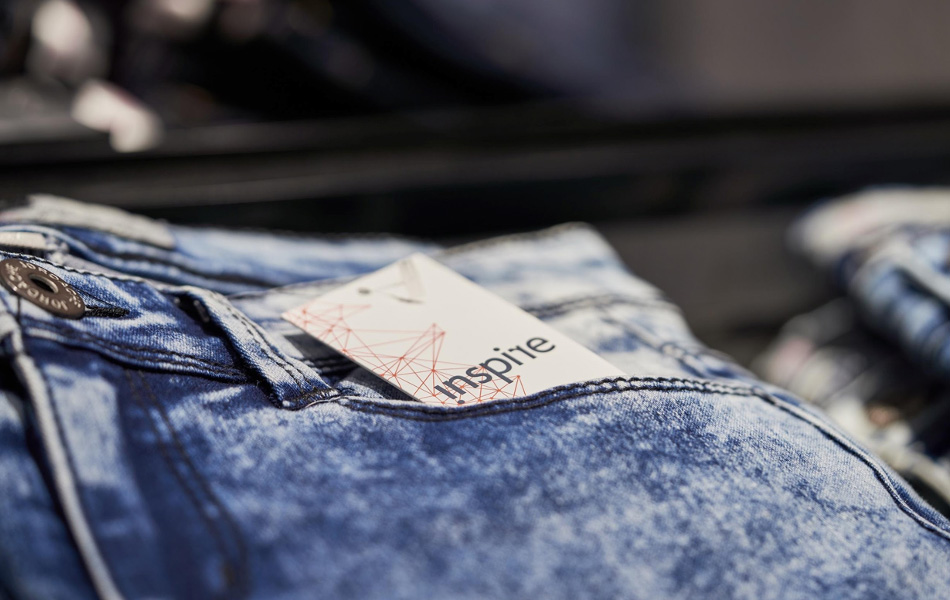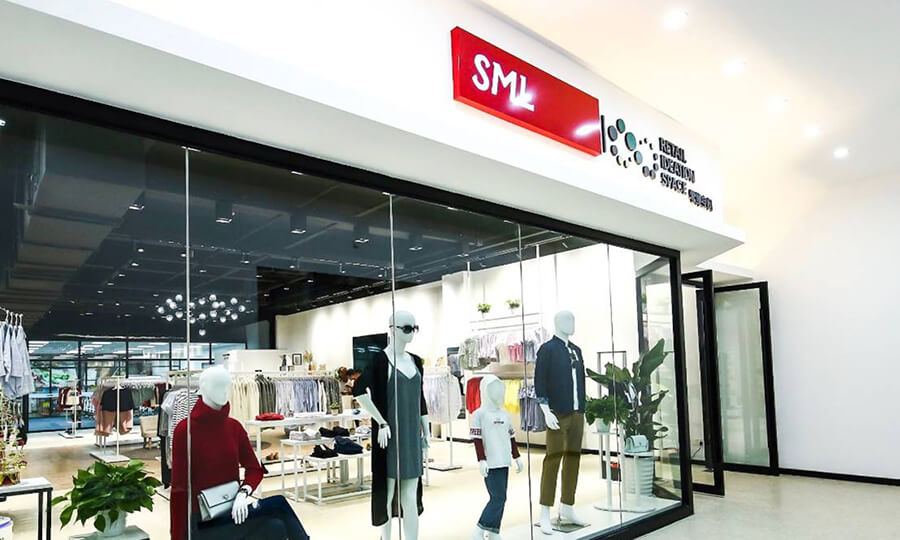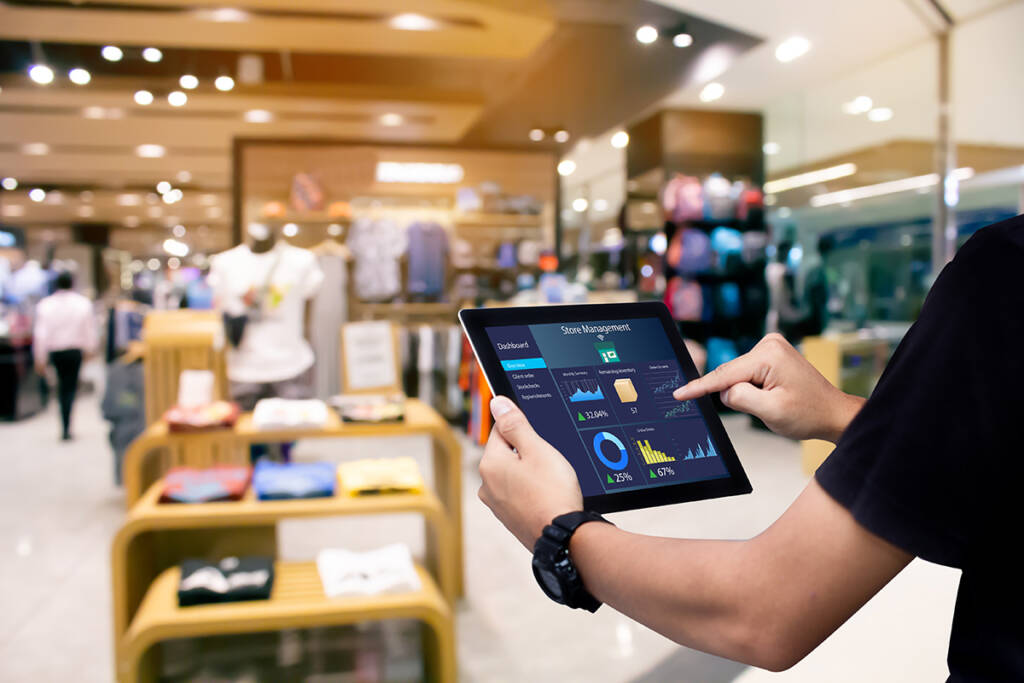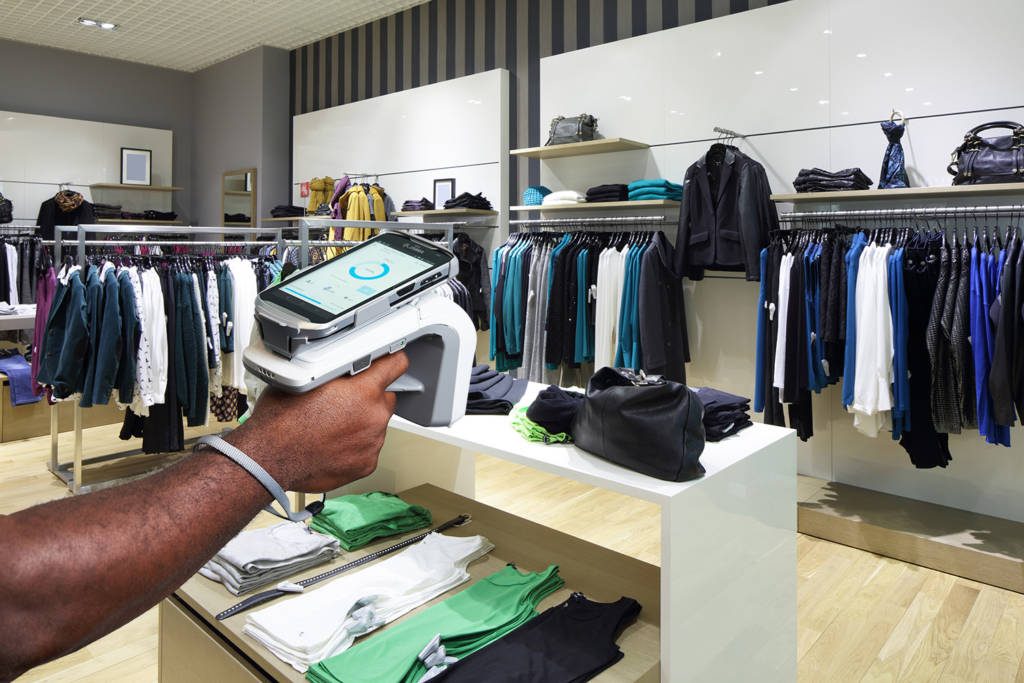How BOPIS 2.0 is adding essential value to item level RFID retailers
For the first time, the retail industry saw an entire pipeline clear out and restart – more than three billion units a month. When the pipeline renewed, shops and factories reopened, but retailers were not buying to continue the restart.
The most significant recognition was that retailers who used item-level RFID were coming out of the crisis much more effectively than those who were not. Item-level RFID tags and software solutions allowed retailers to upgrade from BOPIS 1.0 to 2.0 – a huge step up in critical inventory accuracy providing benefits in operational efficiency, increased sales, and fewer markdowns. BOPIS, or Buy-Online-Pickup-In-Store, and its variants allow retailers to blend the online and in-store inventory in addition to engaging with customers while offering a more convenient way to shop.
UPGRADING FROM BOPIS 1.0 TO 2.0
The best way to think about the upgrade from BOPIS 1.0 to 2.0 is like a car. BOPIS 1.0 is an old car: much loved and incredibly traditional, but becoming dated, inefficient and unreliable. Upgrading to BOPIS 2.0 is like buying a new car – it is incredibly reliable, technologically ‘top of the range’, and right on the cutting edge of brand new transformations in the market.
In the retail sense, introducing item-level RFID, the foundation of BOPIS 2.0, will give retailers extraordinary stock accuracy levels that were totally unachievable with the original, SKU based, BOPIS 1.0 systems. BOPIS 1.0 operates using barcodes and data that does not have the fidelity required nor the technology to gather frequent reliable information in a new digital economy. BOPIS 2.0, powered by our industry leading Clarity® application platform, allows retailers to eliminate 15%-20% of your BOPIS cancelled orders and increase BOPIS sales by over 3%. In addition to omnichannel gains, Clarity® will help retailers to increase in-store sales by over 3%, reduce inventory by 10%, and reduce markdown labor by 50%.
BOPIS 2.0 WILL HELP RETAILERS RECOVER FROM COVID-19
Introducing BOPIS 2.0 will help retailers implement and strengthen an omnichannel system, allowing customers to have the full shoppable experience online based on the retailer’s confident inventory commitments. Realistically, as the world looks towards a second wave, retailers must be prepared for shoppers to have limited access to brick and mortar stores and provide them with multiple channels to serve them. Retailers must consider that, as well as making the store safe and making customers feel at ease. While measures may have been put in place behind the scenes to help retailers become ‘COVID-safe’, if those measures aren’t well advertised and changes are not made to the outward facing customer experience, retailers will struggle to attract shoppers back.
Traditional shopping typically involves browsing stores, trying on clothing, and physically picking up and touching different products. As the world tries to slow the spread of the virus, many of the physical shopping elements have been restricted: fitting rooms are shut, cosmetic samples removed from shelves, and shops are at a limited capacity.
Retailers have had to consider how they can minimize the contact between customers and stock, but still deliver a practical and ‘normalized’ shopping experience. The measures currently in place to slow the spread of the virus should be considered as long-standing in the retail industry, and retailers should react. There’s no benefit to thinking of these changes as temporary or reactionary on a short term basis. There should be a mindset that these changes will have to serve the industry for a long time, and be implemented as normal.
How can retailers talk about a “Digital Transformation” – including BOPIS – when using 40+ years old technology?
We continue to hear that retail is in a “Digital Transformation”. While we clearly see growing evidence of better websites, digital signage, more advanced customer loyalty programs, better targeted ads on social media, etc., we are still collecting and managing inventory the same way we did back in 1974, when a packet ofWrigley gum was the first item to be scanned using a barcode. Retail, specifically apparel, footwear, sporting goods, home goods and cosmetics, is rapidly moving to an item-level inventory model. Every article has an identity, and that identity can be collected rapidly without touching or having line of sight. The demands of customers, associates, shareholders and even governments are changing and evolving rapidly, placing a high price on being inaccurate.
No matter which of the above topics your business relates to, the fact is that in today’s retail ecosystem, having an online store is no longer seen as optional and is now a necessity to meet customer demands. Consumer needs have significantly changed over the past decade, with shoppers now wanting to shop seamlessly anywhere, anytime, and on any device. Next day delivery has also become an expectation of online customers, as well as being able to order online with the option to pick up your items the same day.
The critical thing to remember with omnichannel is that it begins with inventory accuracy. Once a retailer knows how much product they have and where their items are, they can sell through multiple channels. It is especially important to know where your products are during the COVID-19 crisis. If a country you operate in goes into a full lockdown again, you will need to have all of your products in one central location to operate online successfully. You won’t have access to products in your stores, so Item-Level RFID technology and good inventory accuracy can help you control and monitor where your products are, and what is available to purchase.
To find out more on how Item-Level RFID technology can enhance your BOPIS strategy, contact info@sml-rfid.com










